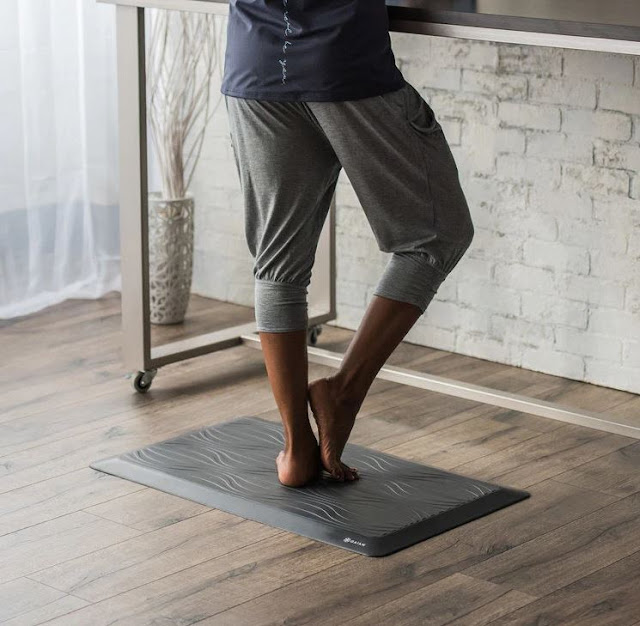Enhancing Comfort and Productivity: The Importance of Anti-Fatigue Mats
In today's fast-paced world, where individuals spend extended periods standing on hard surfaces in various environments such as factories, kitchens, and offices, the significance of ergonomic solutions cannot be overstated. Among these solutions, anti-fatigue mats stand out as an indispensable tool in promoting both comfort and productivity. Designed to alleviate the physical strains associated with prolonged standing, these mats offer a range of benefits that contribute to a healthier and more efficient work environment.
Anti-fatigue mats are engineered with materials that provide cushioning and support to the feet, legs, and lower back. Unlike traditional floor surfaces, which can exert excessive pressure on certain points of the body, these mats distribute weight evenly, reducing the strain on muscles and joints. By minimizing discomfort and fatigue, they help prevent musculoskeletal disorders such as lower back pain, leg cramps, and foot problems, which are common among individuals who stand for prolonged periods.
One of the key features of anti-fatigue mats is their shock-absorbing properties. Whether standing on concrete, tile, or hardwood floors, the repetitive impact from walking or standing can lead to discomfort and fatigue. However, these mats effectively absorb shock, thereby reducing the stress on the body and providing a more comfortable standing surface. This not only enhances overall well-being but also allows individuals to remain focused and productive throughout their tasks.
Moreover, anti-fatigue mats are designed to promote better circulation. Prolonged standing can impede blood flow to the lower extremities, leading to swelling and discomfort. By encouraging subtle movements of the leg muscles, these mats stimulate circulation, ensuring adequate oxygen and nutrient supply to tissues. This not only reduces the risk of swelling and varicose veins but also helps maintain energy levels and cognitive function.
In addition to their ergonomic benefits, anti-fatigue mats contribute to a safer work environment. Their slip-resistant surfaces provide stability and traction, reducing the risk of slips, trips, and falls—common accidents in settings where liquids or grease are present. Furthermore, many anti-fatigue mats feature beveled edges to prevent tripping hazards, enhancing overall workplace safety.
The versatility of anti-fatigue mats makes them suitable for various industries and applications. In industrial settings, where workers are exposed to hard concrete floors and heavy machinery, these mats offer vital support and protection against fatigue-related injuries. In commercial kitchens, where staff are constantly on their feet, anti-fatigue mats provide relief from the strain of long hours spent cooking and preparing meals. Even in office environments, where employees may spend hours standing at standing desks or workstations, these mats can significantly improve comfort and productivity.
Furthermore, the maintenance of anti-fatigue mats is relatively simple. Most mats are resistant to stains, odors, and microbial growth, making them easy to clean and sanitize—an essential feature in environments where hygiene is paramount.
In conclusion, anti-fatigue mats represent a simple yet effective solution to the challenges posed by prolonged standing in various work environments. By providing cushioning, support, and stability, these mats alleviate discomfort, reduce fatigue, and promote overall well-being. As organizations increasingly prioritize employee health and productivity, investing in anti-fatigue mats emerges as a wise choice—one that fosters a safer, more comfortable, and more productive workplace for all.



Comments
Post a Comment